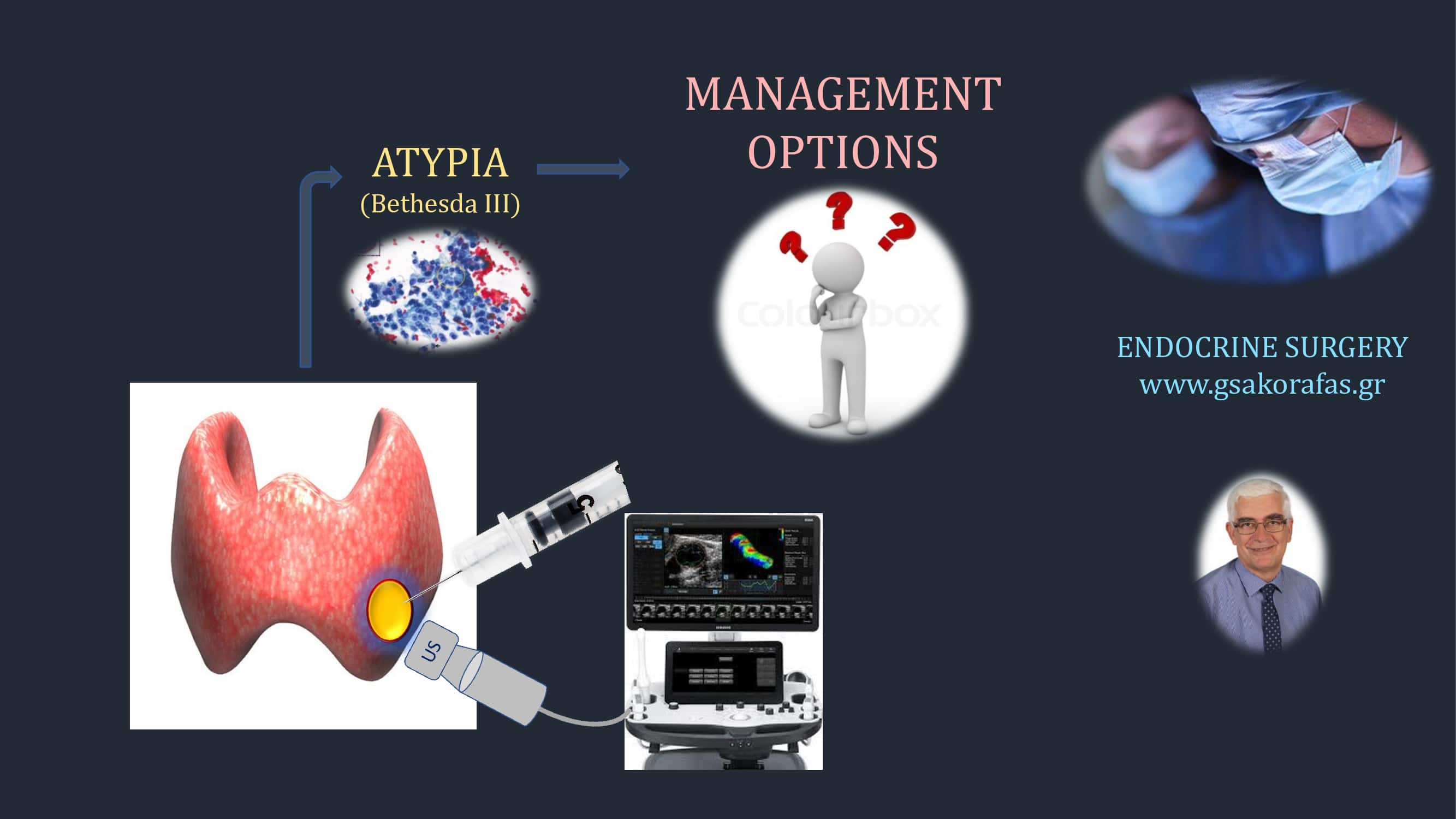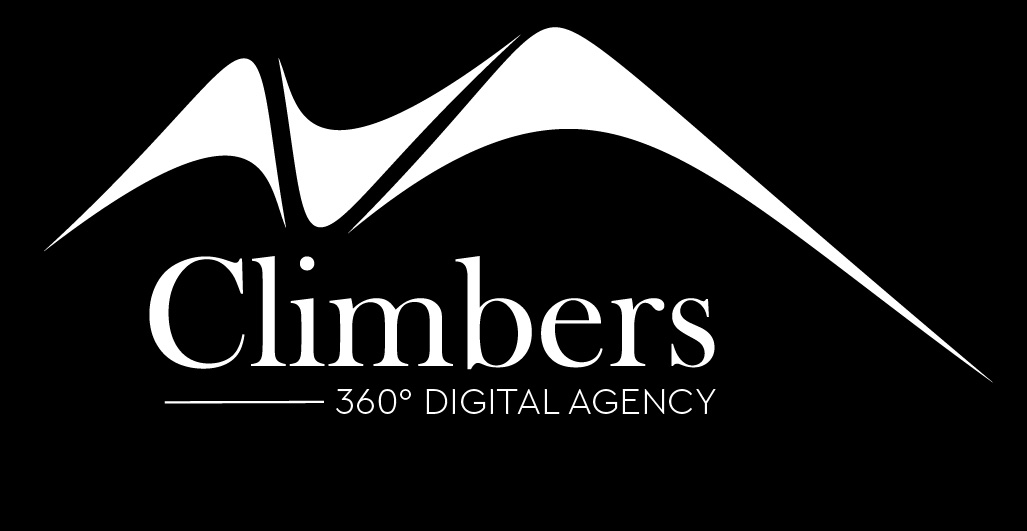Thyroid nodule and fine-needle aspiration cytology. Introduction
Thyroid nodude and atypia.- In the patient with thyroid nodule, ultrasonography and fine-needle aspiration (FNA) cytology are the two most significant diagnostic methods. Based on findings from these two diagnostic modalities, the risk of underlying malignancy can be evaluated
Bethesda reporting system
Cytology results are presented according to the Bethesda classification system. In this system, cytology noting atypia or follicular lesion of undetermined significance (AUS or FLUS) is classified as Bethesda Category III.
Clinical significance
The presence of atypia is associated with a risk of 10 – 15 % of underlying thyroid cancer within the thyroid nodule. This is an important consideration, which should be kept in mind during the discussion about management options.
Management options
Surgery
Surgery achieves accurate histologic diagnosis and radical and definitive cure.
Surveillance
Surveillance, using clinical examination and repeat ultrasonography (± repeat FNA)
Molecular testing
The aim of molecular testing is to to detect specific gene mutations. This is an expensive diagnostic test, which has been proposed to avoid overtreatment in this subgroup of patients.Results of molecular testing should be carefully be evaluated.
Other significant parameters
Other parameters should be taken into consideration in the process of management decision-making, including:
Presence of risk factors for underlying malignancy, based on
History, such as:
History of neck irradiation
Strong family history of thyroid cancer
Some genetic syndromes associated with thyroid cancer
Clinical findings, such as:
Hard texture/consistency of the nodule
Fixed nodule
Presence of neck lymphadenopathy
Suspicious ultrasonographic findings
Patient’s preferences.
Many patients prefer surgery as a mean to relieve the stress associated with an uncertain diagnosis.



